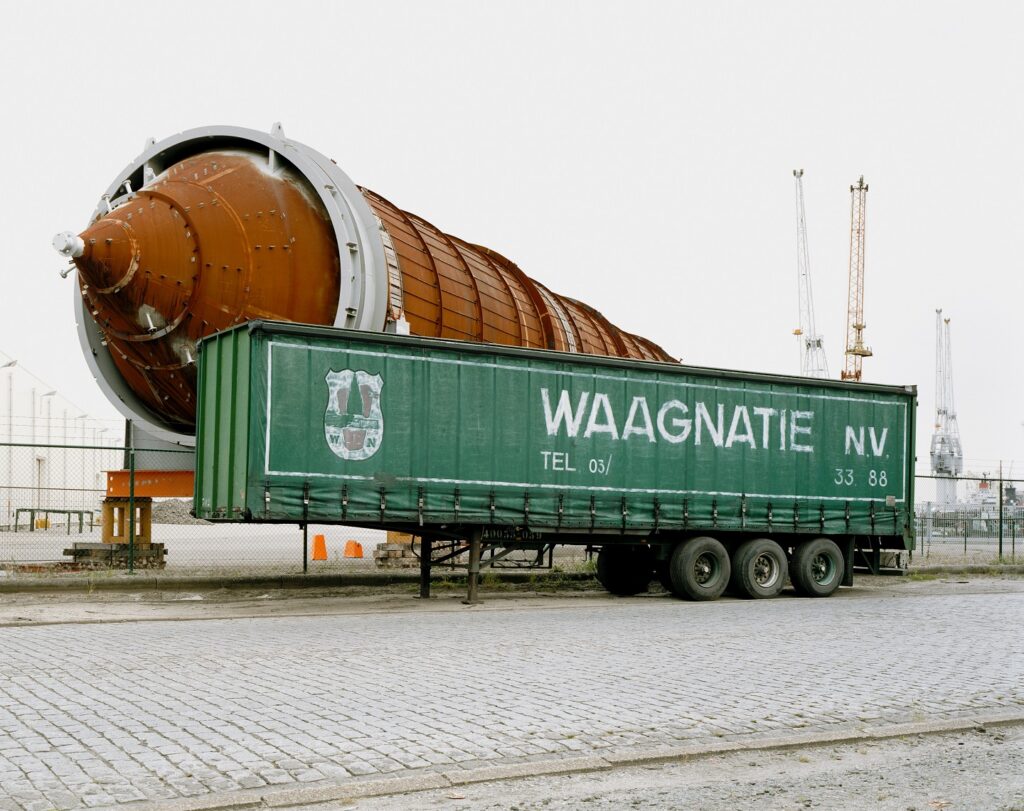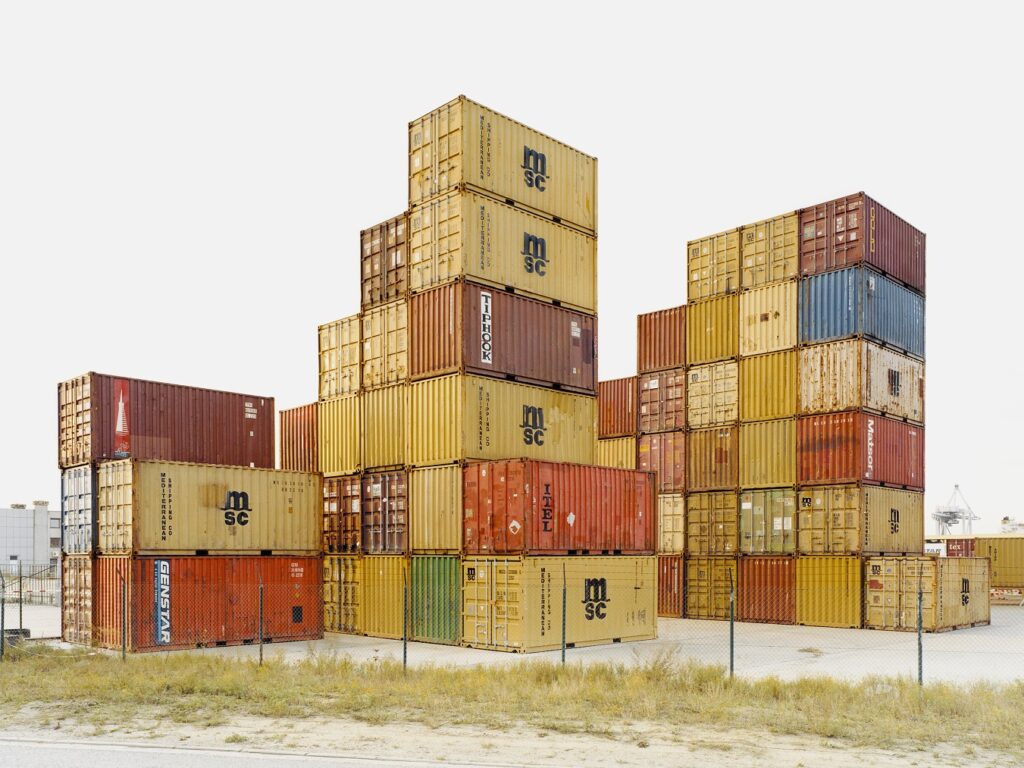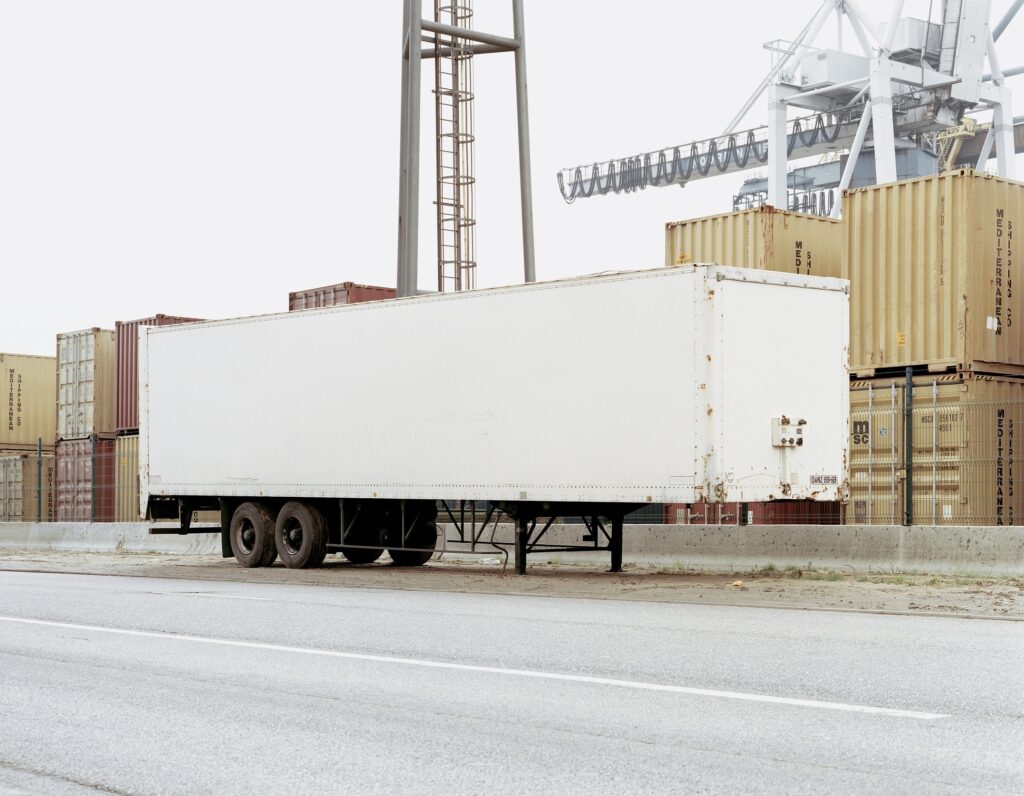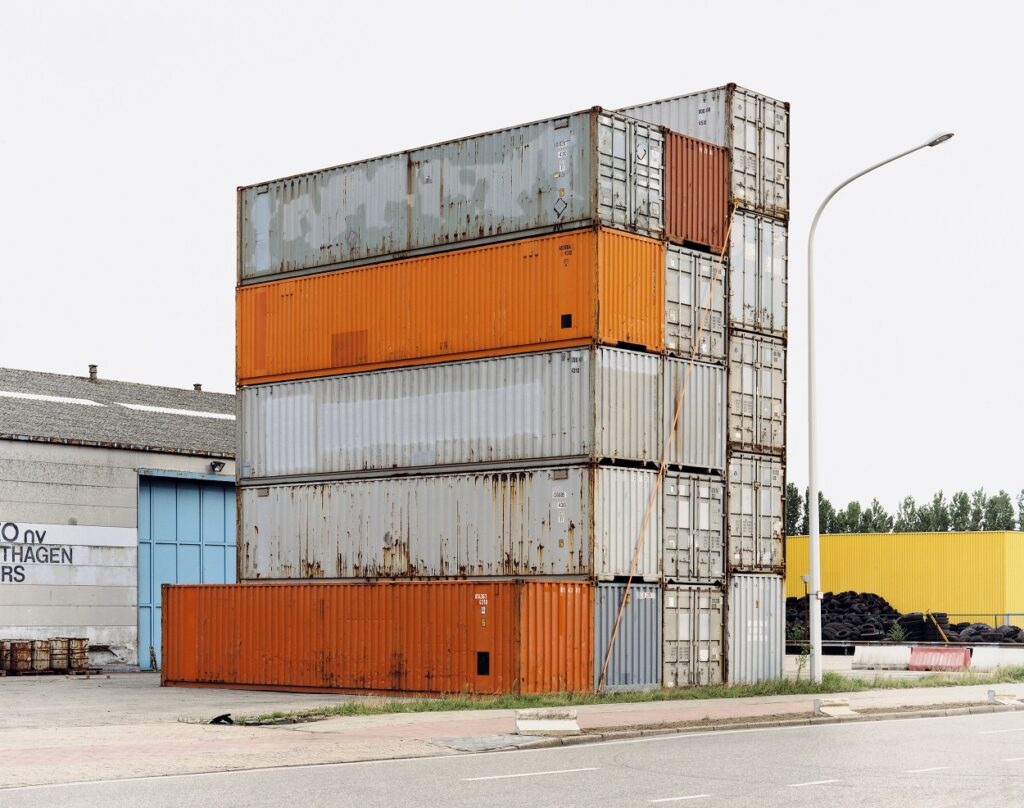Our world today was built by the shipping container. The simple steel box shipping goods around the world carries most of the stuff that we buy.
It wasn’t always this way. For centuries, shipping products across the ocean involved tedious loading and packing: goods brought to port in wooden crates, sacks and kegs by wagons or, later, by trucks and trains. Ships were then loaded and unloaded crate by crate, sack by sack and keg by keg.
It was only after the Second World War that trucking entrepreneur Malcom McLean sold the idea of container shipping to the US military. His 1956 innovation made containerisation a global industry that slashed the cost of transporting goods and turbocharged global trade.
In 1968, the International Standards Organisation laid down the form that is still applied, using Imperial measurements: 20-foot long, 8-foot high and 8-foot wide (6.1 metres by 2.4 and 2.4). The official name is the twenty-foot equivalent unit (TEU) container. From then on, ships were completely re-designed around the dimensions of these containers. Whole containers, not just small parcels, are now moved quickly, cheaply and efficiently onto ships and across the seas – and when unloaded, easily shifted onto trains and trucks.
Ports are the gateway for these containers. Around 90% of everything we buy, from fridges to coffee, from cat food to toilet paper, from iPhones to Nikes, is carried by container at some point in its journey to the store. And for you, reader, that means it probably passed through the port of Antwerp.





